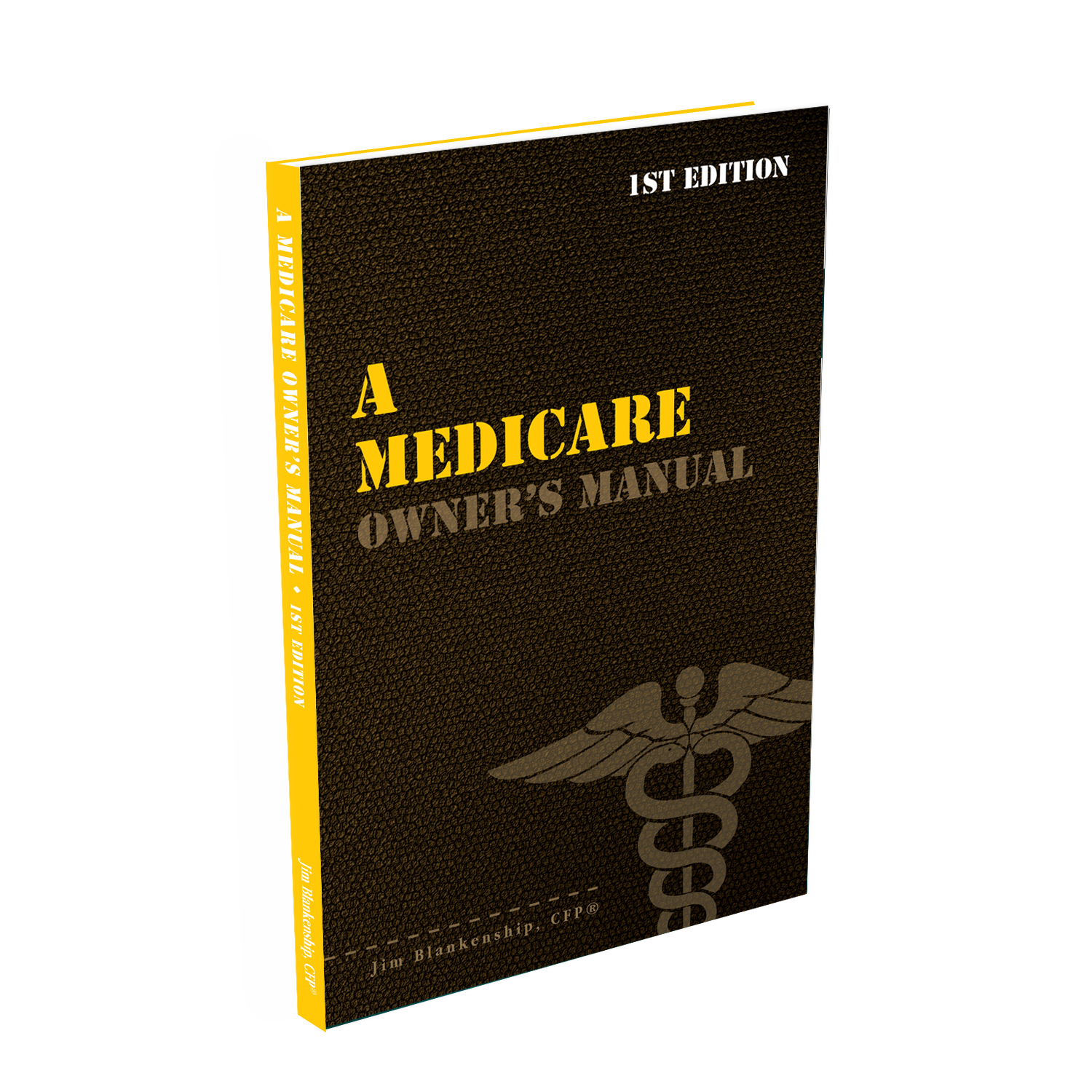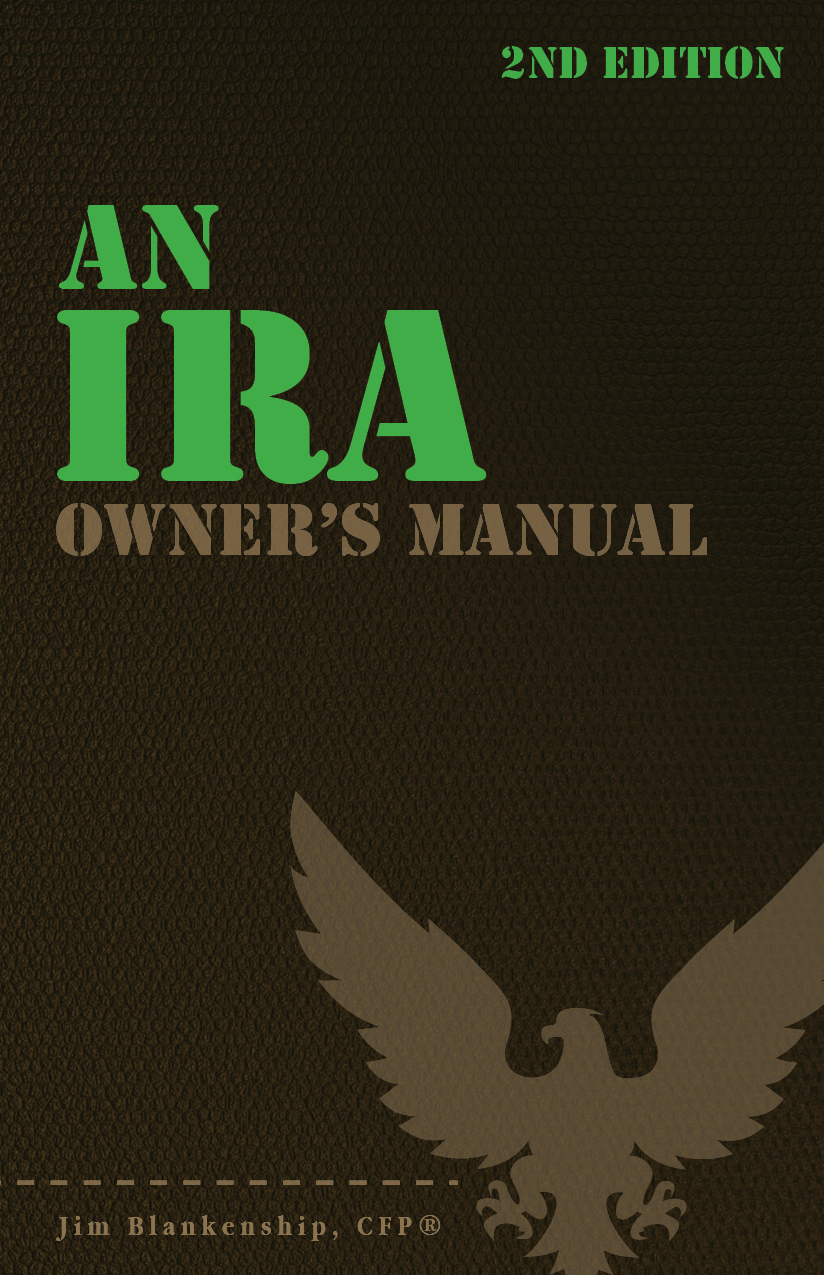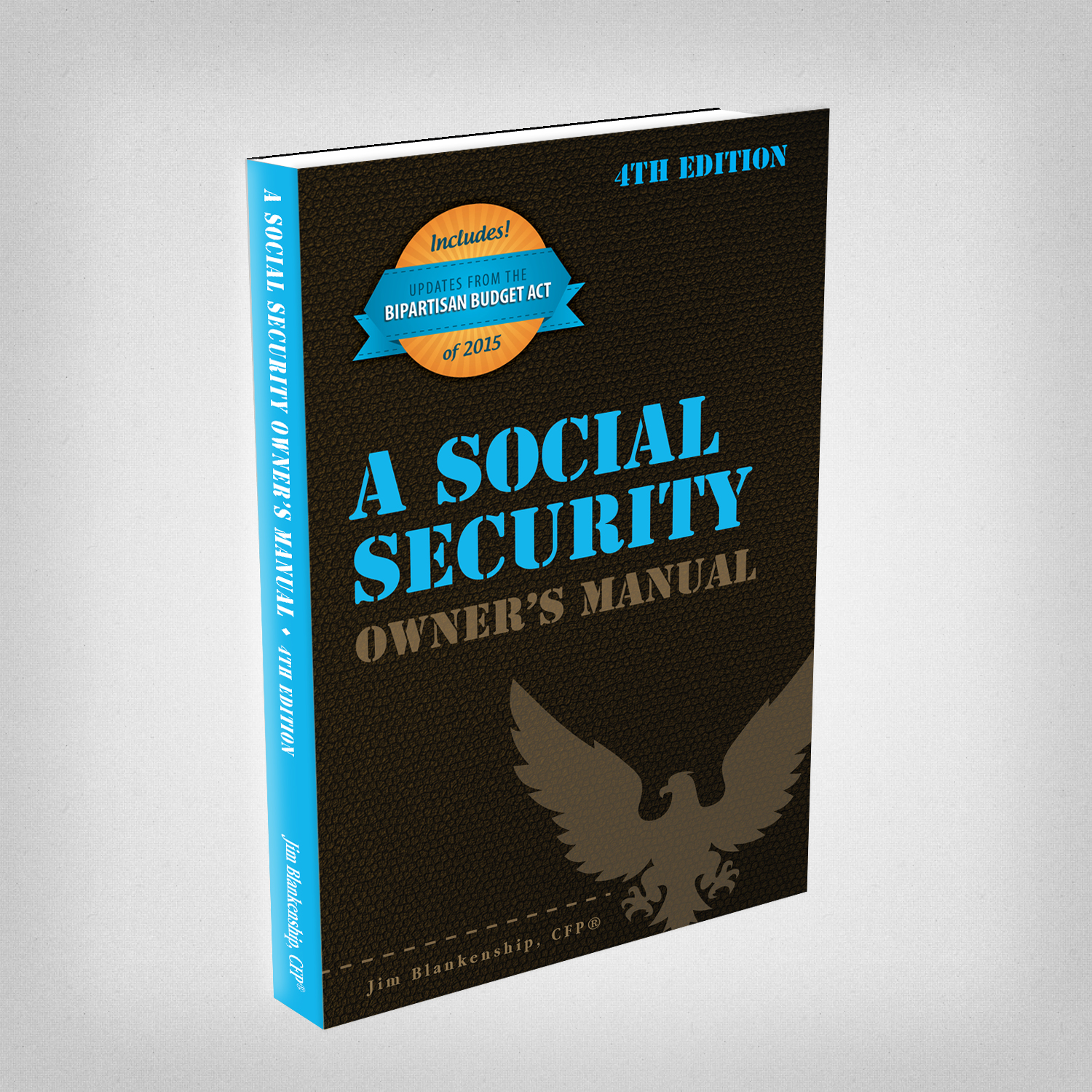
Photo courtesy of Thomas Lefebvre on unsplash.com
Given the recent market volatility and the uncertainty that comes with it here are a few things to consider to reduce potential stress. Some individuals can perhaps make the best of a rocky situation.
- Do nothing. Before reacting or making a decision that could affect your returns and income in the future, take a moment to think about the situation. Is it as bad as it seems? Is it just like the previous market dips? What happened afterwards? If you’ve decided on the correct asset allocation for your portfolio then expecting market dips should be the norm, not the exception.
- Revisit your goals. Remember the reason why you’re investing in the first place. Is it for retirement and you’re in your 30s? Is it for a college education and you have a 6 month old? Is it for retirement income and you have a family history of longevity? This point is similar to the first, if you have specific goals in mind for the money and generally a long time horizon, then short term decreases shouldn’t bother you. In fact…
- Take advantage of the reduced prices! The Chinese word for crisis is made up of two characters – one meaning danger and the other meaning opportunity. While others may see danger in a falling market and rush to sell their assets (selling low) you may consider taking advantage of the opportunity of reduced prices and buying more (buying low). Rhetorically, why to individuals feel good about buying when the market is high? Take advantage of the sale price.
- Have an emergency fund. Consider setting aside an amount of money that you can live off of should an emergency arise (losing a job, car repair, etc.). Generally, the rule of thumb is anywhere from 3 to 6 months of non-discretionary living expenses. Some individuals are comfortable with 9 to 12 months. The reason this is important is this reduces the temptation or the need to dip into retirement or college savings in a down market to pay for an unexpected expense. Having the cushion of the emergency fund to fall back on reduces the danger of realizing losses in your portfolio.
- Talk with a professional, fiduciary financial planner. Similar to point number 3, there are individuals that will try to take a crisis and seize this opportunity to exploit an individual’s fears. This means trying to sell someone a product they don’t need and or locking them into a product with heavy fees, poor returns but the promise of “downside protection”. Talk with a fee-only planner that is legally obligated to put the client’s best interest first. While some products may be beneficial, they are often sold with commission on the brain.
Additionally, many individuals become concerned that their portfolio is experiencing volatility and lower returns. They may have a friend whose portfolio is going up. Be wary. As a friend of mine told me a long time ago, “If all the assets in your portfolio go in one direction, you’re not diversified.”


 Sterling Raskie, MSFS, CFP®, ChFC®
Sterling Raskie, MSFS, CFP®, ChFC® The latest in our Owner’s Manual series, A 401(k) Owner’s Manual, was published in January 2020 and is available on
The latest in our Owner’s Manual series, A 401(k) Owner’s Manual, was published in January 2020 and is available on  A Medicare Owner’s Manual, is updated with 2020 facts and figures. This manual is available on
A Medicare Owner’s Manual, is updated with 2020 facts and figures. This manual is available on  Social Security for the Suddenly Single can be found on Amazon at
Social Security for the Suddenly Single can be found on Amazon at  Sterling’s first book, Lose Weight Save Money, can be
Sterling’s first book, Lose Weight Save Money, can be  An IRA Owner’s Manual, 2nd Edition is available for purchase on Amazon. Click the link to choose the
An IRA Owner’s Manual, 2nd Edition is available for purchase on Amazon. Click the link to choose the  Jim’s book – A Social Security Owner’s Manual, is now available on Amazon. Click this link for the
Jim’s book – A Social Security Owner’s Manual, is now available on Amazon. Click this link for the  And if you’ve come here to learn about queuing waterfowl, I apologize for the confusion. You may want to discuss your question with Lester, my loyal watchduck and self-proclaimed “advisor’s advisor”.
And if you’ve come here to learn about queuing waterfowl, I apologize for the confusion. You may want to discuss your question with Lester, my loyal watchduck and self-proclaimed “advisor’s advisor”.
So far, I have “done nothing,” but the title reminds me of Uncle Buffett’s quote: “Be cautious when others are greedy and greedy when others are cautious”!!
Thank you for the comment! And indeed, a great time to be greedy when others are fearful perhaps.